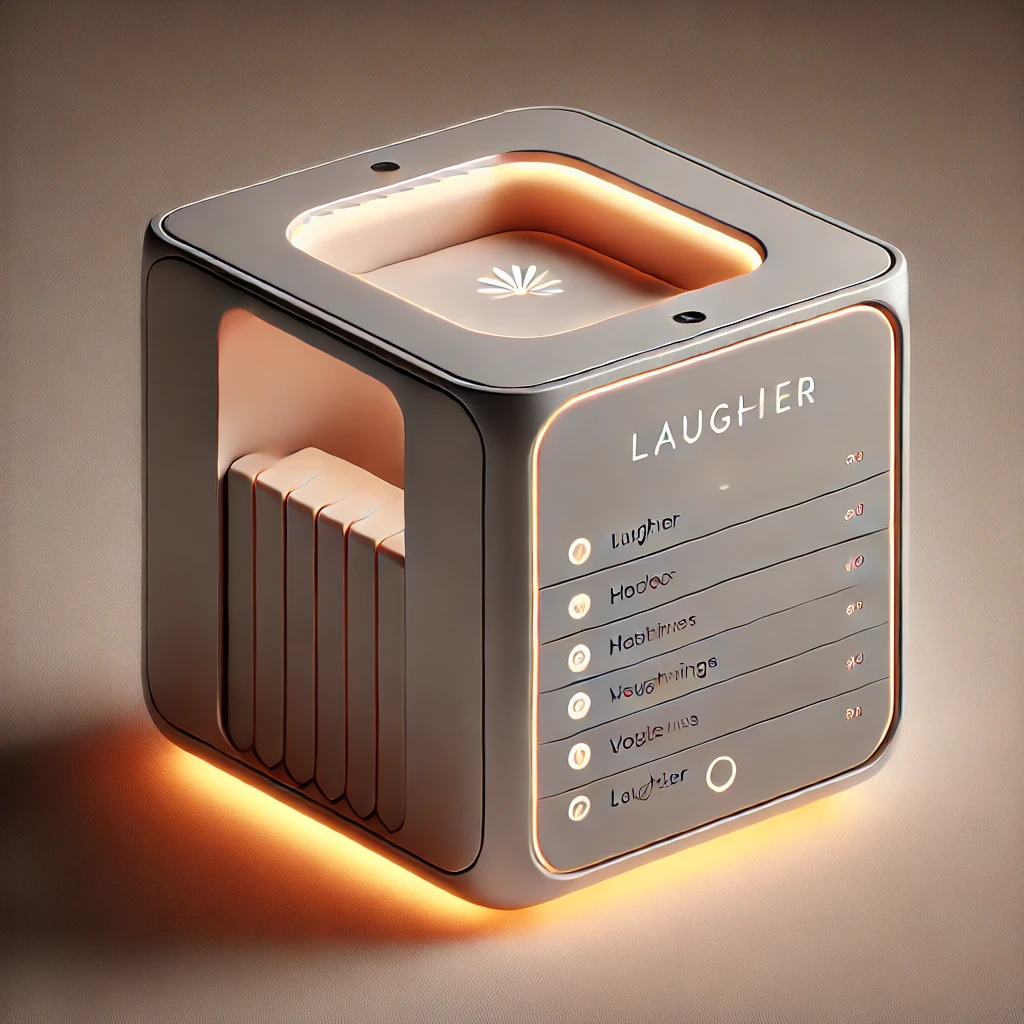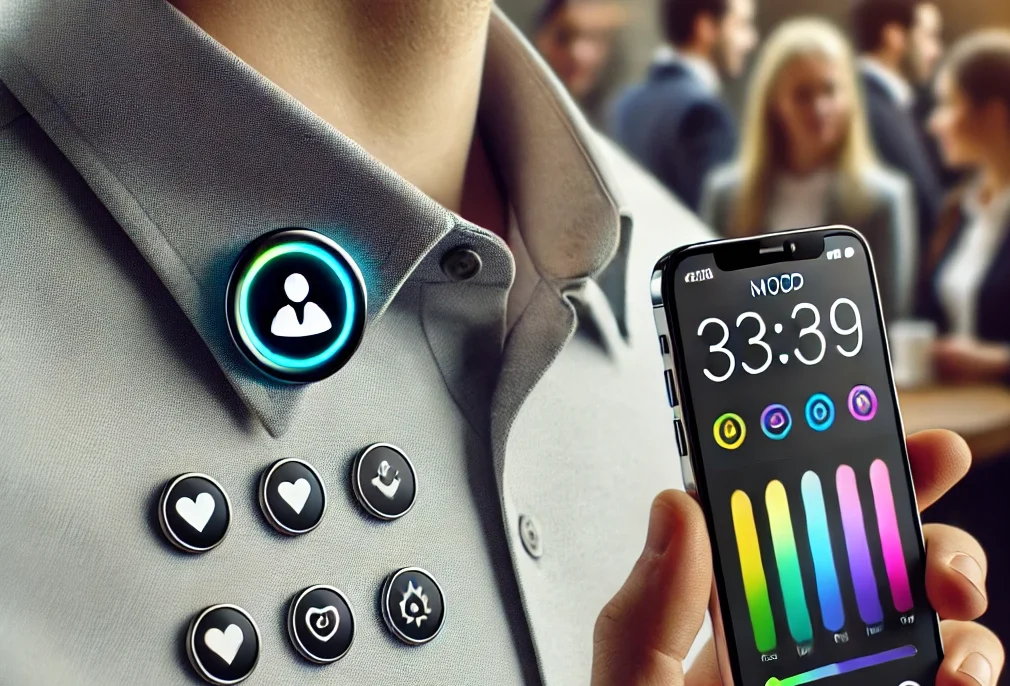The first thing I want to ask is, “Do you know your MBTI?”
If you do, I bet you’ll answer with your MBTI and ask me the same question.
That’s how conversations often start nowadays.
If you don’t find this interesting, let me tell you something I experienced this summer.
This summer, I am applying for an internship position in China. They asked me to do an interview on-site, face-to-face. The interviewer said, “Introduce yourself.” So, I introduced myself, explained why I wanted to work there, and answered a series of questions. Just when I thought the interview was over, he asked me one last question out of nowhere—”What’s your MBTI?”
I answered, “ENFP,” which stands for extroverted, intuitive, feeling, perceiving—one of the 16 personality types in the Myers-Briggs Type Indicator. ENFPs are described as enthusiastic, creative, and sociable. He said, “I knew you were an ENFP as soon as you walked in!”
So, here’s a question for you: “Am I an ENFP?”
I’m not sure if I’m an ENFP.
Yes, I tested as an ENFP. But again, am I?
Do you think 16 personalities can truly cover and summarize all the personalities of approximately 8.13 billion people?
What I’m asking is: Do you think the 16 personality types can apply to all humans?
Let’s leave that question aside for now and dive into my research.
Earlier in my research process, I spent a lot of time hesitating to start my survey. I wasn’t sure if I wanted to focus on this topic, and I wasn’t certain what I wanted to learn from it. Initially, I planned to focus on diabetes research, but due to my limited access to diabetes groups, I wasn’t able to conduct thorough research. So, I shifted my focus to mood enhancement.
From there, I explored the social aspects of mood enhancement, which led me to become interested in social dynamics and challenges.
I was able to identify some student organizations on campus that I wanted to survey. The Chinese Women’s Basketball Club at The Ohio State University was the main group I chose to survey. I chose them because I believe they involve teamwork, individual performance, conflict resolution, and getting to know each other within the group—all of which align with the focus of my research.

From this survey, I asked users to rate themselves as introverted or extroverted on a scale of 1 to 5, with 1 being introverted and 5 being extroverted. The results show that 9 out of 19 rated themselves as 3, which is in between introverted and extroverted, and 5 out of 19 rated themselves as 2. Two people consider themselves introverts, and one person rated themselves as extroverted. This intrigued me and connected to one of the articles we referenced, which states that there are no fully introverts or extroverts; if there were, they would likely need medical attention(McKenna, 2014). This surprised me.
This makes me think that most people don’t fit neatly into the labels of introvert or extrovert. It supports the idea that personality is dynamic, which provides an interesting perspective for designing mood enhancement technologies.
It suggests that any technology aimed at influencing personality needs to consider this fluidity. Additionally, ethical considerations are crucial. Since no one is truly 100% introverted or extroverted, the goal of such technology shouldn’t be to force users into one mode or the other but to respect their natural balance and individuality. This leads to the idea that personalization is key to making the technology more practical and user-friendly. The design should empower users rather than constrain them into predefined categories.
I also learned that less than one-fourth of the respondents believed there would be a positive effect in temporarily acting like a different personality type, while nearly 80% chose negative, neutral, or unsure responses. From this, I think the focus should be on helping users feel more comfortable in specific contexts or manage their social energy more effectively, rather than promising a transformation into a more extroverted or introverted version of themselves.
This survey gave me a better understanding of the concerns people have about using such technology. It also reinforced the idea that personality is complex, fluid, and highly individualized. Any future development of mood enhancement devices should take these subtleties into account, ensuring users have control over how much influence the technology exerts and that the design is flexible enough to accommodate the diversity of human personality.
Let’s return to the question: “Am I an ENFP?”
The answer is, I still don’t know. What I do know is that every time I retake the MBTI test, the results are different. Sometimes I’m INTJ, ENTJ, and sometimes INFP…
So, if I were the one filling out my survey, I would probably also choose “3” on a scale of 1 to 5.
What I’m trying to address is that our personalities don’t stay the same all the time—they change depending on how we feel, who we’re with, and what’s happening in our lives. One big factor is our mood, which often affects how we react, especially negative emotional states(Jarrett, 2019). Designing products that suit people’s personalities means creating flexible, personalized solutions that can adapt to individual needs. These considerations made me think beyond mood and social interaction to other areas of daily life. Managing energy levels is also important for personalization. Caffeine consumption, for example, immediately comes to mind when talking about energy levels. People’s caffeine habits are as varied as their personalities. Many people overconsume caffeine, leading to negative effects on their daily lives, such as anxiety and other mental health issues.
This raises important questions like: How can we create a controlled and safe way to consume caffeine? How can we design a medical device that not only manages caffeine intake effectively but also ensures users feel integrated and not excluded?
To better understand how people use caffeine, I conducted interviews with Angelina Hsu, the team leader of the club, and Paul Na, the team coach. Angelina only consumes caffeine when it’s necessary, like during exams or long drives, while Paul used to rely on it daily but is now trying to cut back due to the negative effects of overconsumption. Both of them highlighted a lack of awareness about their caffeine tolerance. They both have a positive attitude toward using a device that tracks and manages caffeine intake, especially Paul, who mentioned his interest in monitoring his consumption. These insights suggest a need for people to know their tolerance levels, indicating a potential market for devices that help people reduce their intake or avoid negative side effects from caffeine. Allowing college students like Paul and Angelina, who need caffeine intake, to be able to consume caffeine in better, more effective, and safer ways, to dedicate their time to the area they want to focus whether academically or in daily life.

Enhancing Mood and Energy through Discreet Integration and Unobtrusive Monitoring.
The survey takeaways led to my focus on the caffeine injection and monitor device. It is my main focus for one of the design conjectures. It’s a small skin patch designed to help manage caffeine intake without relying on traditional sources like coffee or energy drinks. It can be attached to various parts of the body, such as the arm or shoulder. The device is controlled through an app, where users can customize how much caffeine they receive and at what times. It delivers personalized and controlled doses of caffeine based on the user’s health condition. The device tracks the body’s caffeine levels and provides the necessary amounts throughout the day.

Additionally, it can monitor caffeine levels in real-time to prevent accidental intake from other caffeine sources—whether from drinks or foods users might not realize contain caffeine. Once the maximum tolerance level is reached, it automatically stops dispensing to avoid overconsumption. Users also receive updates from the app showing their current energy levels and suggesting adjustments based on their daily activities or sleep patterns. This ensures optimal energy management while minimizing health risks associated with caffeine consumption.
The stakeholders could be college students who need to boost their energy, the device provider Battelle, and the doctor or pharmacist who is recommending this device to the students. Battelle can help create a device that helps people not overconsume caffeine which allows doctors to prescribe this device to students and other people.

Enhancing Mood and Mental Well-Being through Multi-Sensory Memory Recall. With this idea in mind, I came up with this design conjecture that causes users laughter. The Memory Box is a device designed to bring joy and relaxation by storing and displaying personal memories and moments that can make users laugh. It not only stores memories and small objects that might have a connection with the users, but also plays videos, recordings, and photos, which can be displayed through its built-in digital screen. It can also access users’ mobile devices and collect data from them to present a personalized collection of content that brings joy to the users. By allowing users to recall positive memories and laughter-inducing stimuli, it provides touch, visual, and emotional experiences that reduce stress and promote well-being, supporting mental health in an easy and comforting way.
I made this conjecture based on what I questioned from the Vagus Nerve article: can laughter lift a person’s mood? The article says, “Having a good laugh lifts your mood, boosts your immune system, and stimulates the vagus nerve” (Allied Services, 2020). Overall having great health is very important to everyone and what better way to do that than to have a great laugh with someone? Then how do you create authentic laughter? I think one of the challenges will be ensuring the content in the memory box consistently elicits real, authentic laughter. Another challenge I can think of is using multiple senses to enhance vagus nerve stimulation via the memory box. Are there more functions the box could have to elicit authentic laughter? As mentioned in the article, taking deep breaths helps (Allied Services, 2020), maybe music that guides people to breathe along could be included.

Enhancing Social Interaction through Visual Expression and Personalization. The other design conjecture I have that represents this idea, is called the Collar Pin shown above. It matches hues and finds like-minded friends based on the hues. From my survey, “conversation” was a big topic that people talk about when they are experiencing social challenges, so, here it is, a visual conversation starter. The Collar Pin is a wearable device designed to display an individual’s state of mind, mood, or personality through color, based on color representations. It combines personal expression and social interaction as a whole. By using an accompanying app, users can adjust the color to reflect their current feelings or the type of interaction they are seeking in social environments, such as social gatherings, networking events, and work environments. The pin invites users to engage with one another in a visually guided way and offers more flexibility and personalization.
The goal of the pin is to foster more natural conversations, especially in environments like networking events or social gatherings, where people might feel unsure and hesitate to approach others. It serves as a way for people to connect by making their emotional or personality state visible. This could work well in many social situations where breaking the ice is difficult or in environments where people want to find others with similar temperaments. Overall, it is a highly customizable device that provides a simple, effective way to encourage meaningful interactions. As Yayoi Kusama once said, “Artwork is an expression of my life, particularly of my mental disease,” I was inspired by how she uses color in her art and came up with the Collar Pin idea. The Collar Pin similarly uses color as a way for individuals to express themselves.
Reference:
McKenna, B. (2014, July 15). The Myers-Briggs personality test is pretty much meaningless. Vox. https://www.vox.com/2014/7/15/5881947/myers-briggs-personality-test-meaningless
Jarrett, C. (2019, February 14). How your mood changes your personality. British Psychological Society. https://www.bps.org.uk/research-digest/how-your-mood-changes-your-personality
Omnipod. (n.d.). What is Omnipod? Omnipod. https://www.omnipod.com/what-is-omnipod
Allied Services. (2020, June 9). The vagus nerve: Your secret weapon in fighting stress. Allied Services. https://www.allied-services.org/news/2020/june/the-vagus-nerve-your-secret-weapon-in-fighting-s/
The Color of My Personality. (n.d.). The color of my personality. Retrieved [insert date], from https://thecolorofmypersonality.com
The Museum of Modern Art. (n.d.). Yayoi Kusama [Artist page]. MoMA. https://www.moma.org/artists/3315
OpenAI. (2024). ChatGPT (September 22, Version GPT-4) [Large language model for correcting grammar]. https://chat.openai.com/
Grammarly. (n.d.). Grammarly [Grammar correction tool]. https://www.grammarly.com/




